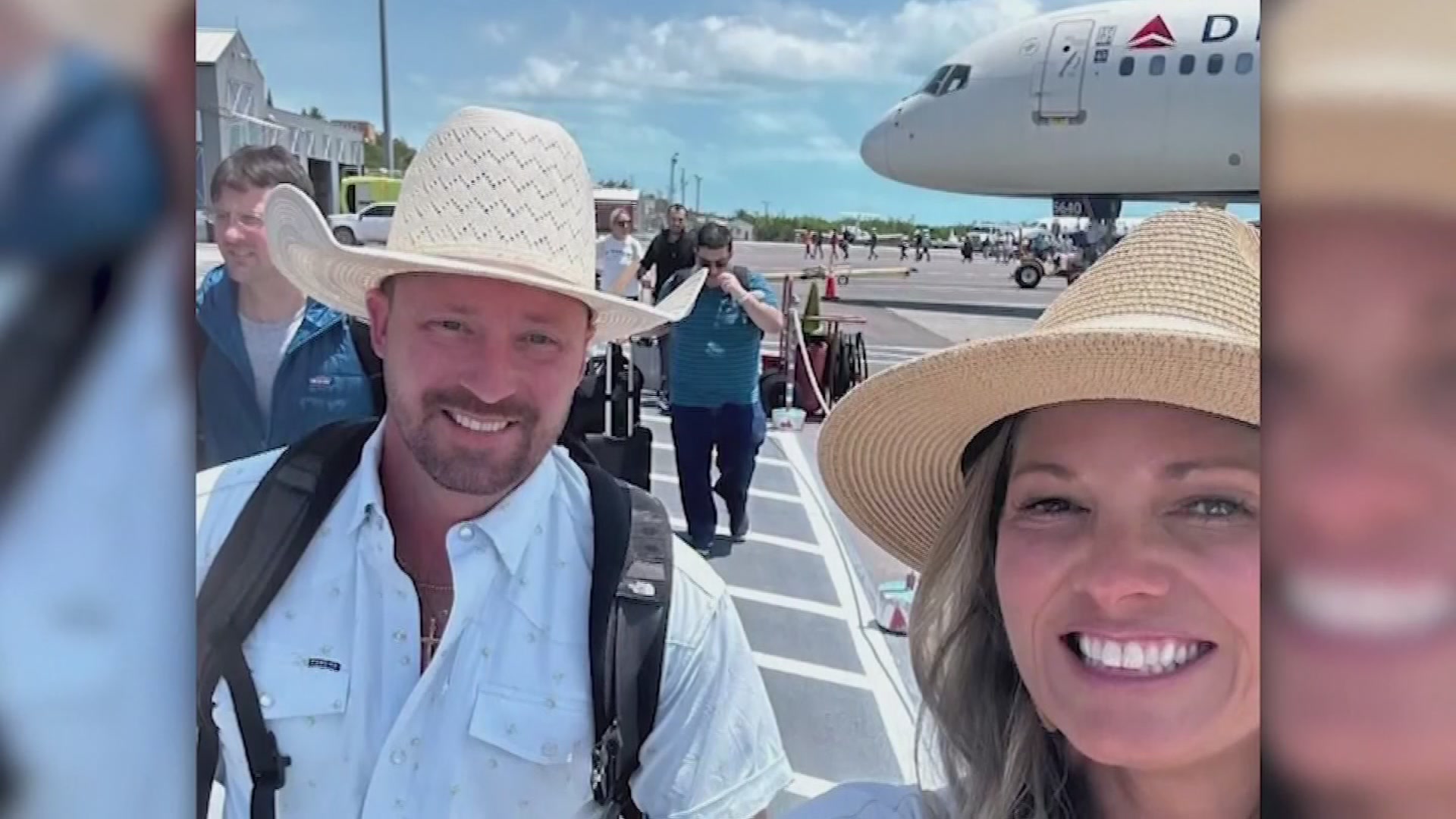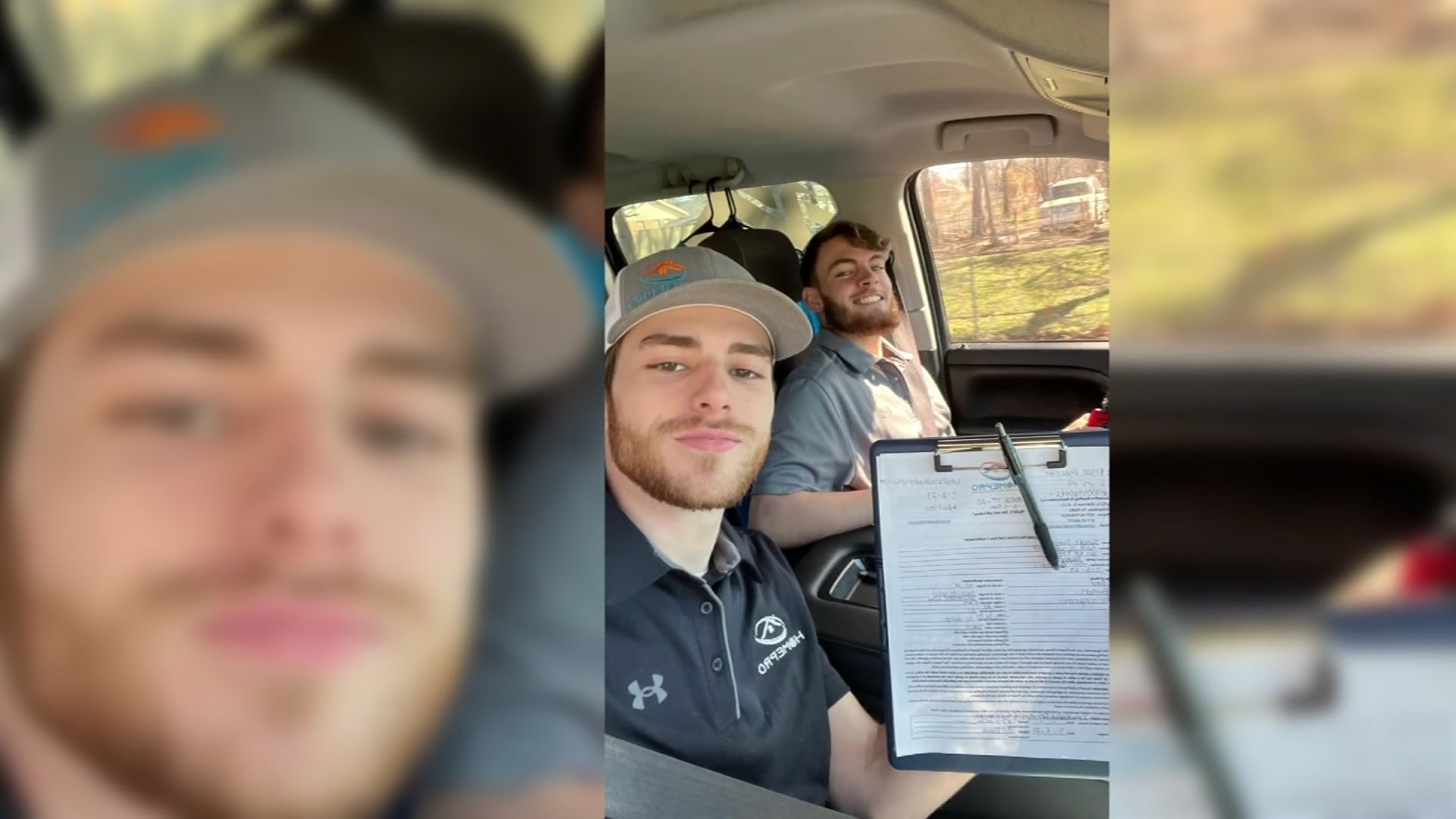Texas is facing a serious doctor shortage. The state is ranked 41st in the country for the number of physicians per capita, and 47th for primary care physicians. Now two major medical centers in North Texas are teaming up to change that.
The UNT Health Science Center (UNTHSC) and Texas Christian University are preparing to open a new medical school next year, one of several new programs in the state. But Texas is falling behind in the second step in their training, residency programs.
That means lots of medical students leave after graduation, taking their skills to another state and deepening Texas’ doctor shortage.
As they wrap up their first year of medical school, students in the UNTHSC Texas College of Osteopathic Medicine (TCOM) still have a lot to figure out. But it won't be long before they take the next step, a supervised residency program in their chosen specialty.
"Texas seems ideal for me," said TCOM medical student Greg Smith.
Smith is planning to stay in-state for his residency and that's key to keeping him here as a fully licensed physician.
"If a student goes to medical school in Texas and they do a residency in Texas, there's somewhere between 80 to 85 percent likelihood they will stay within 50 miles of where that residency program is," said Dr. Michael Williams, President of the UNT Health Science Center.
Local
The latest news from around North Texas.
That's important for a state near the top of the doctor shortage list.
"I'm confident that we're going to need more physicians in this area,” Dr. Williams said. “If nothing more, just to keep up with the growth in the population."
So UNTHSC is partnering with Medical City Healthcare to start 500 new resident positions across DFW over the next seven years, opening up more options for patient care that could spread to the rural areas that need it most.
"If you start maybe in the central area of Fort Worth, I feel like you'd be more inclined to stay not only downtown necessarily, but if you wanted to go two hours out or even 45 minutes to Weatherford," Smith said.
Fulfilling the mission to serve every patient, everywhere equally.
The new resident positions also aim to balance out access across the metro. Right now, just 2 percent of Texas' residency programs are in Fort Worth, compared to 20 percent in Dallas.



